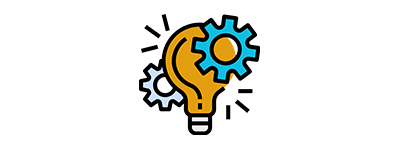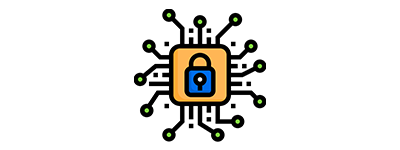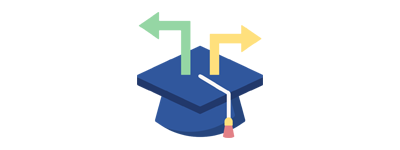In this course, you will identify many of the common risks involved in using conventional end-user technology, as well as ways to use it safely, to protect yourself from those risks.
You will:
1. Identify the need for security.
2. Secure devices like desktops, laptops, smartphones, and more.
3. Use the Internet securely.
Understanding of Python programming language
Program and games creation using Python 2 & 3
Knowledge of GUI creation
Advanced Python features such as collections module & timestamps
Students and freshers with interest in coding
IT professionals looking for a domain with utmost job security
Non- IT professionals willing to enter into IT with easy coding
Organizations focusing on leveraging Python on a large scale
Understanding of Python programming language
Program and games creation using Python 2 & 3
Knowledge of GUI creation
Advanced Python features such as collections module & timestamps
Students and freshers with interest in coding
IT professionals looking for a domain with utmost job security
Non- IT professionals willing to enter into IT with easy coding
Organizations focusing on leveraging Python on a large scale
Format
Course Format
Student
Target Student
Information
Prerequisites























